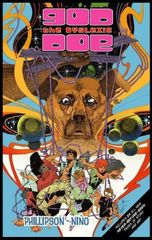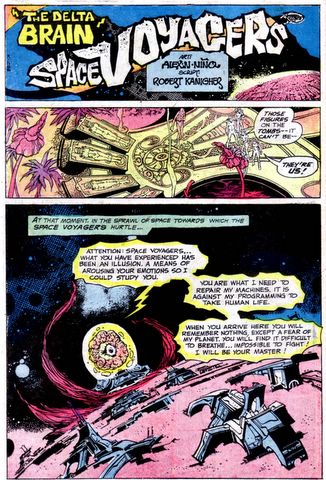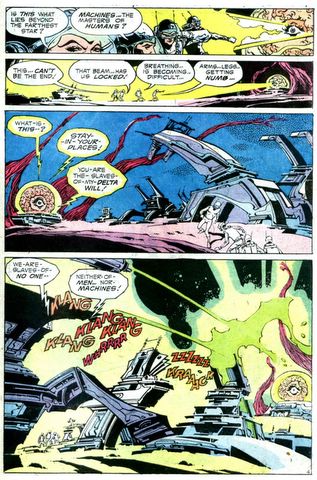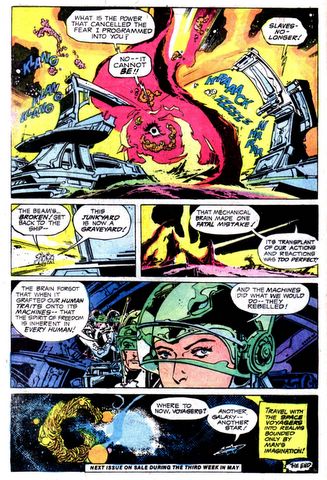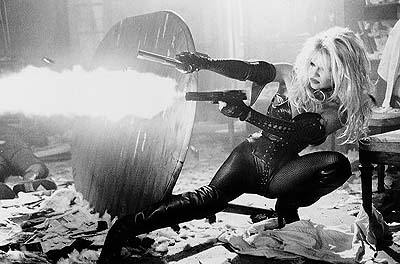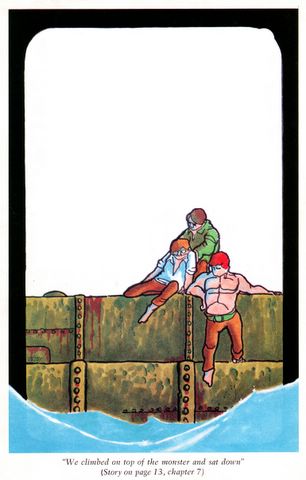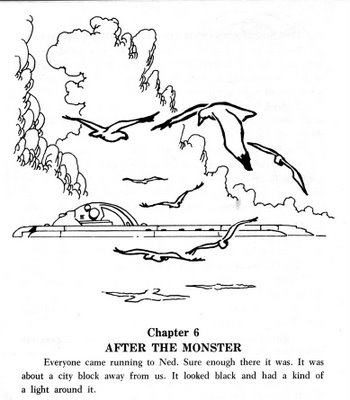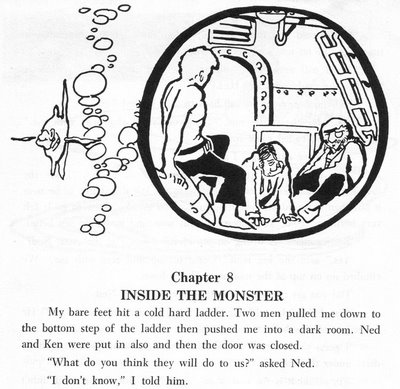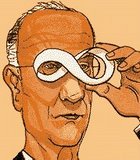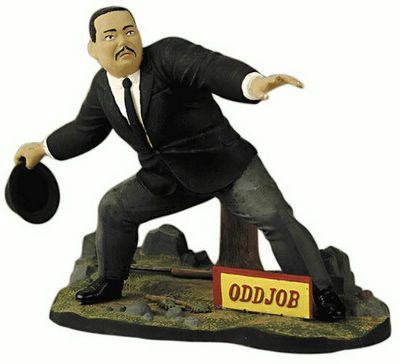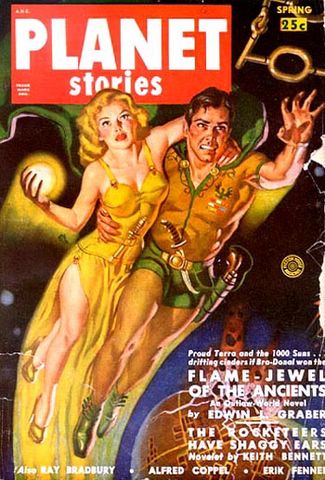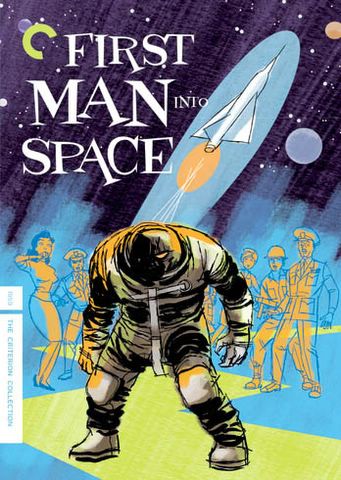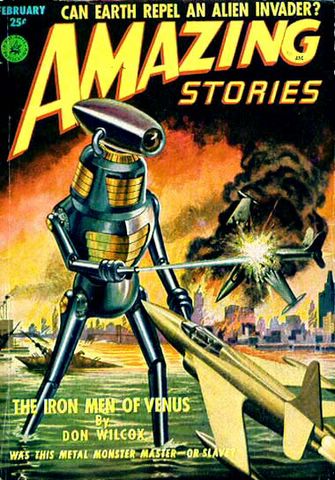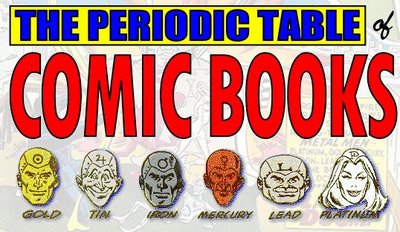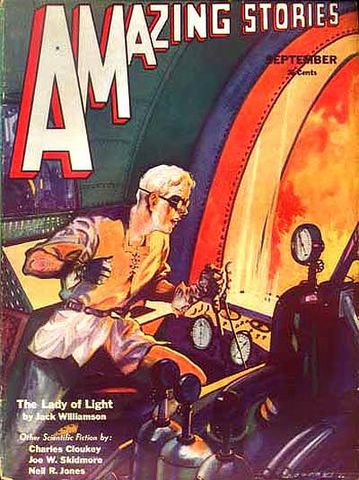The boundary between the core and the mantle lies half-way to the center of the Earth, at a depth of 1,740 miles (2,900 kilometers). Seismologists are able to probe the structure of this region by studying its effects on seismic waves generated by earthquakes. The new temperature measurements were obtained by relating seismic observations to a recently discovered mineral transformation that occurs at the ultrahigh pressures and temperatures prevailing near the core-mantle boundary.
The temperature at the upper boundary of the lens, where the phase transition from perovskite to postperovskite occurs, is around 2,500 kelvins (4,000° F). At the lower boundary, where the reverse transition occurs, the temperature is around 3,500 kelvins (5,800° F). These two points gave the researchers a temperature gradient from which they calculated the heat flow, or thermal flux: about 80 million watts per square meter. Extrapolating to the entire surface of the core gave a total heat flow of about 13 trillion watts. link
A Post-Perovskite Lens and D'' Heat Flux Beneath the Central Pacific. 2006. T. Lay et al. Science 314: 1272-1276.



